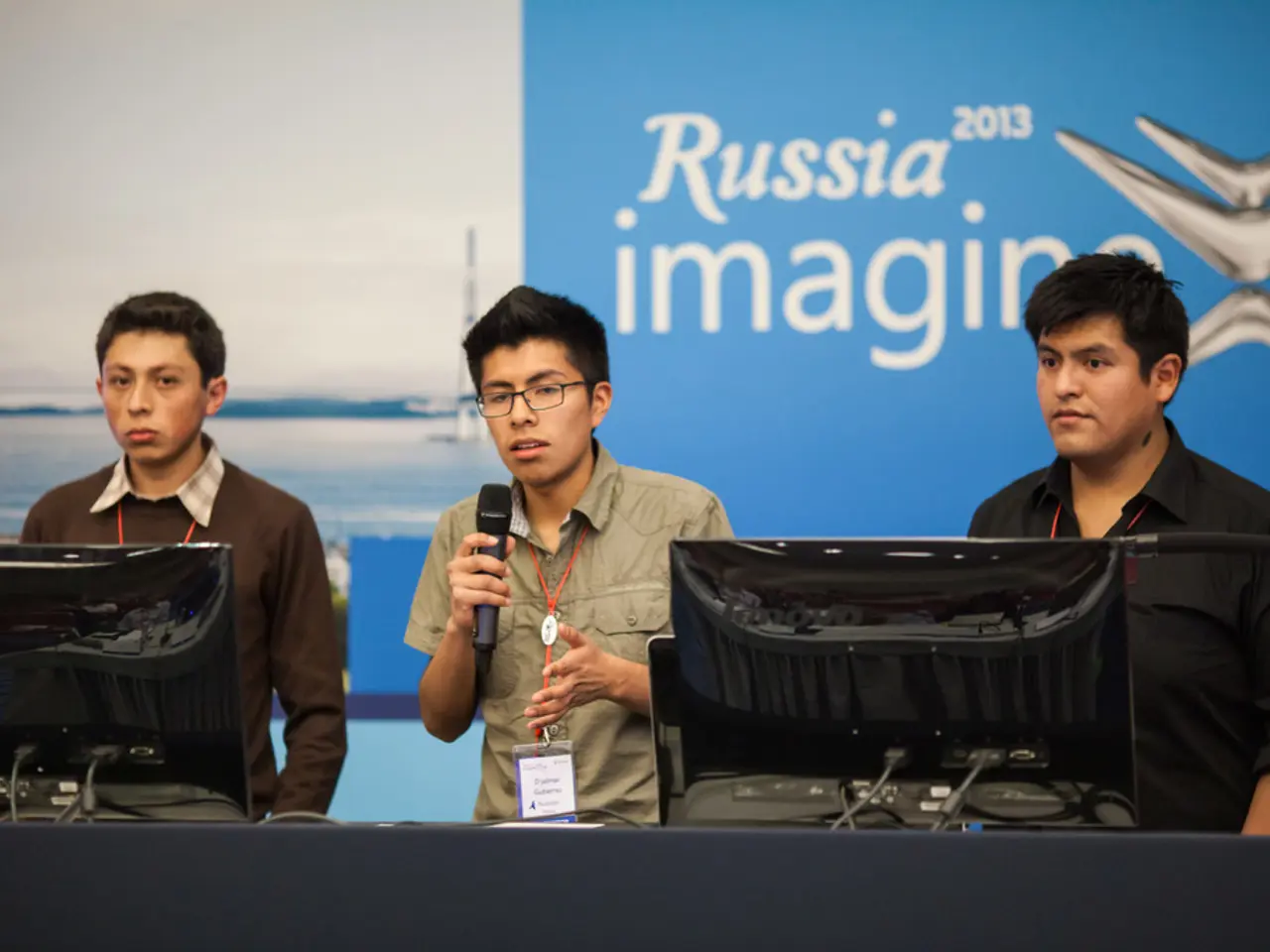Zero Trust Security Faces Challenges But Remains Vital in Today's Digital Landscape
The implementation of Zero Trust security, a concept introduced by John Kindervag of Forrester Research in 2010, faces challenges like solution complexity and interoperability issues. Despite these hurdles, its relevance grows in today's digital landscape, as it protects against both external and internal threats.
Zero Trust operates on the principle of 'never trust, always verify', requiring authentication for all users and devices, regardless of their location. This approach is crucial in today's complex network environments, where traditional security models assuming external threats fall short.
Implementing Zero Trust, however, presents challenges. Solutions can be complex, strain resources, and face interoperability issues. Moreover, many IoT devices lack support for agents used by Zero Trust Network Access (ZTNA) solutions, further complicating matters.
AI automation can streamline Zero Trust security by managing complex tasks and providing real-time observability. A modern network architecture supports micro-segmentation and forwards traffic from all endpoint types for inspection, enhancing security effectiveness.
Organizations should reassess their Zero Trust efforts, identify vulnerabilities, and develop strategies to address core inefficiencies. Despite implementation challenges, Zero Trust's relevance in today's digital landscape cannot be overstated. Its ability to protect against both external and internal threats makes it a vital security measure in our interconnected world.
Read also:
- Web3 gaming platform, Pixelverse, debuts on Base and Farcaster networks
- Amazon customer duped over Nvidia RTX 5070 Ti purchase: shipped item replaced with suspicious white powder; PC hardware fan deceived, discovers salt instead of GPU core days after receiving defective RTX 5090.
- Infiltration of Estonian airspace by Russian military aircraft
- Cyber aggression intensifies by China-backed TA415 group, targeting Taiwan's semiconductor production and supply networks







